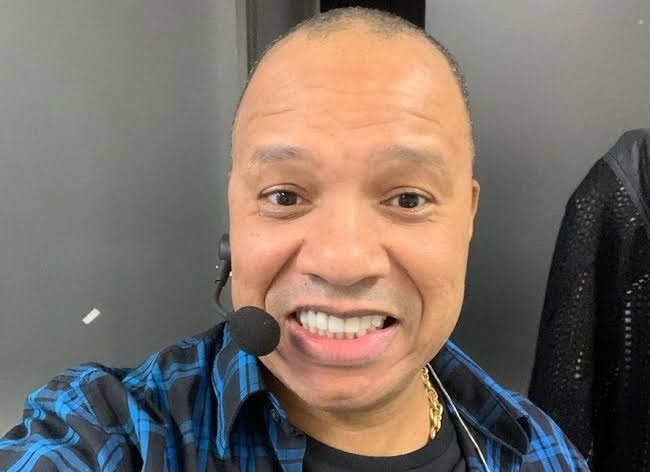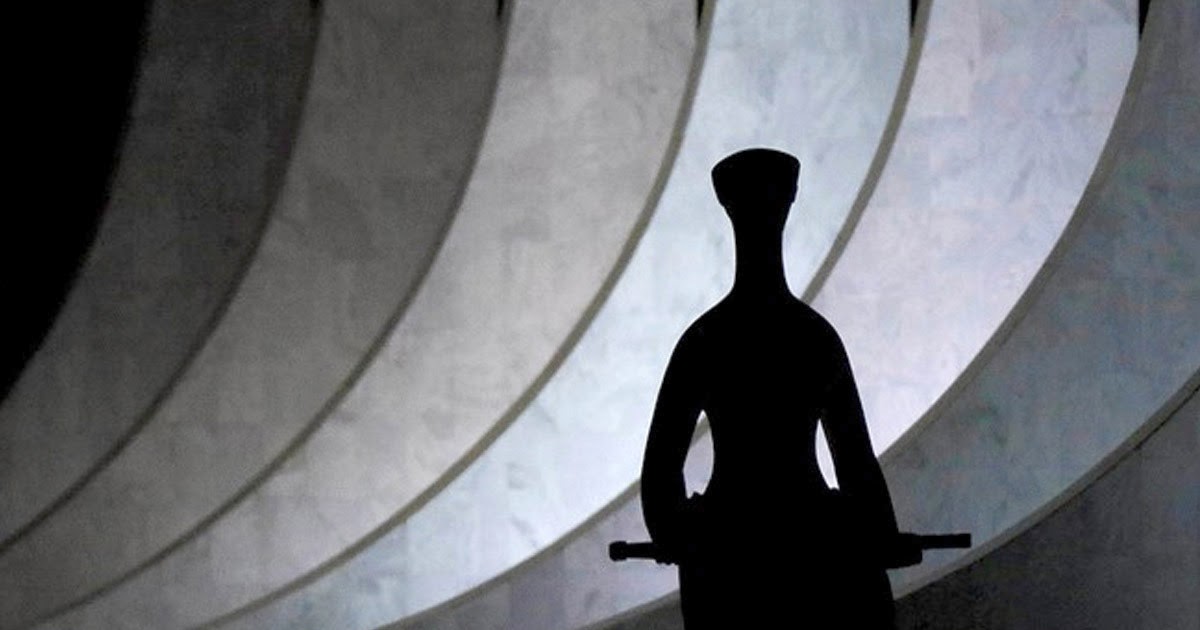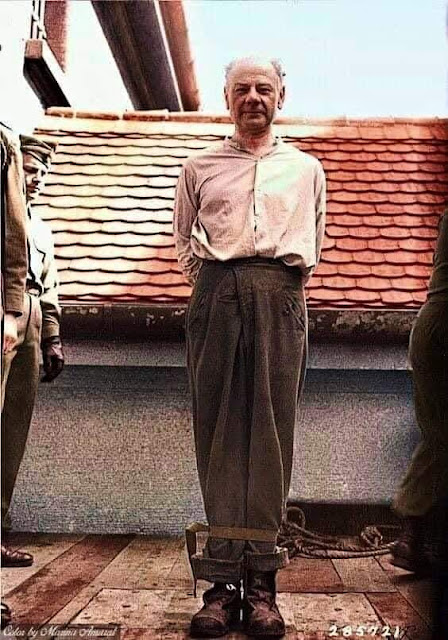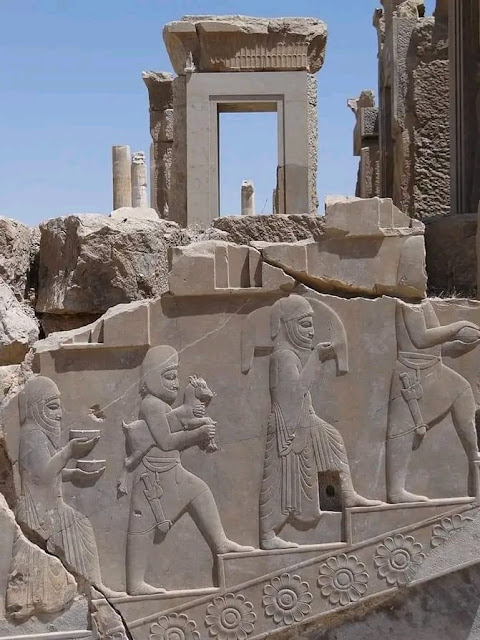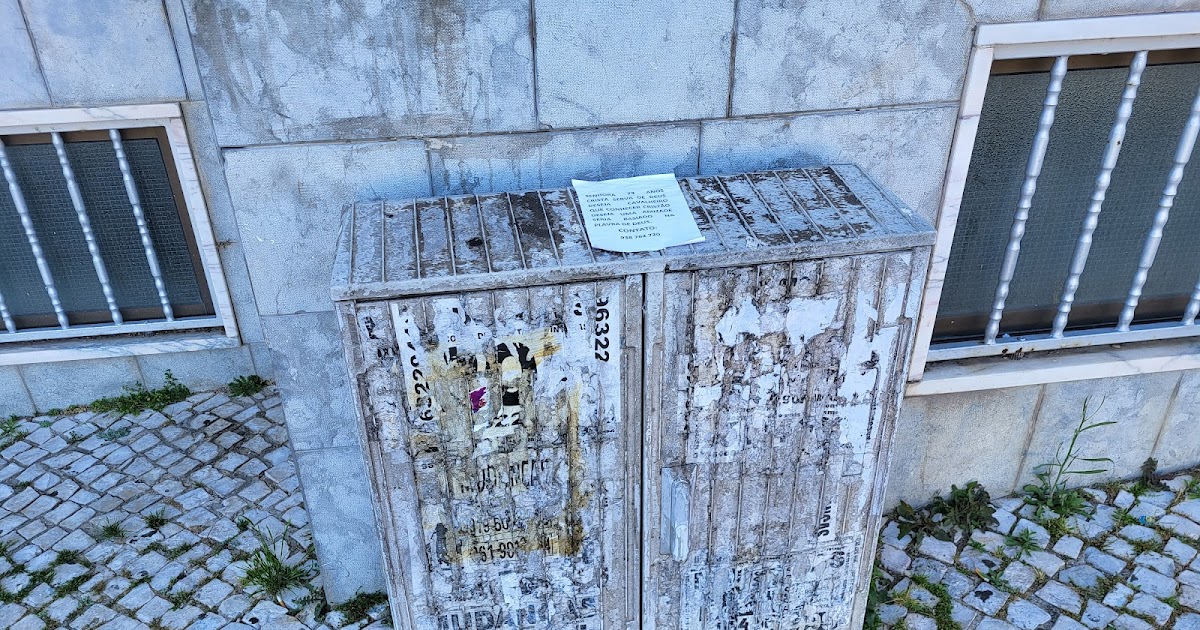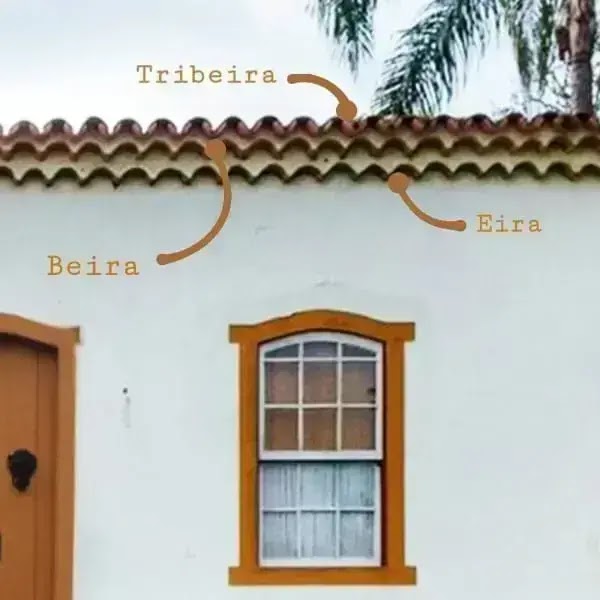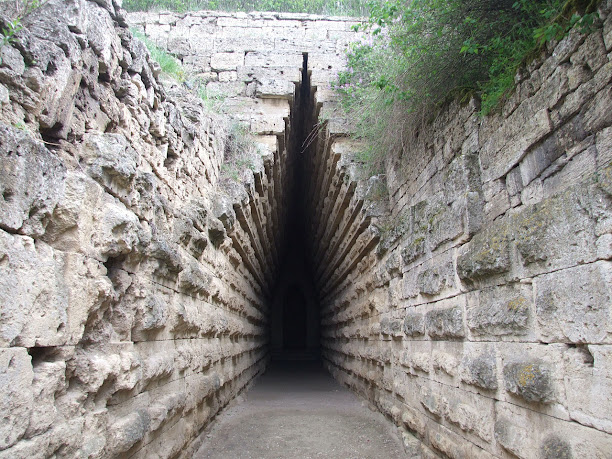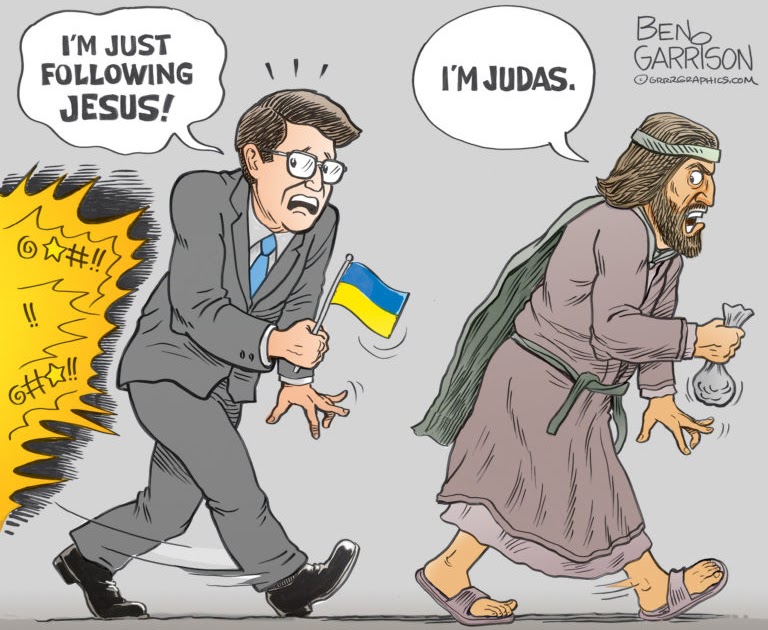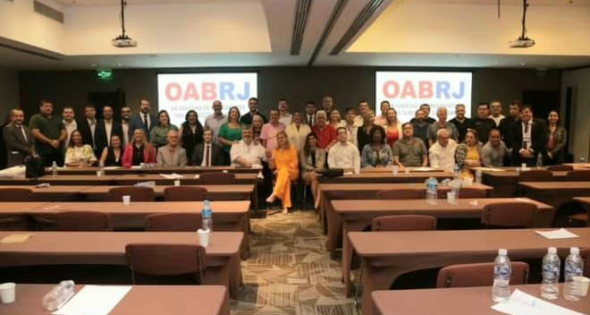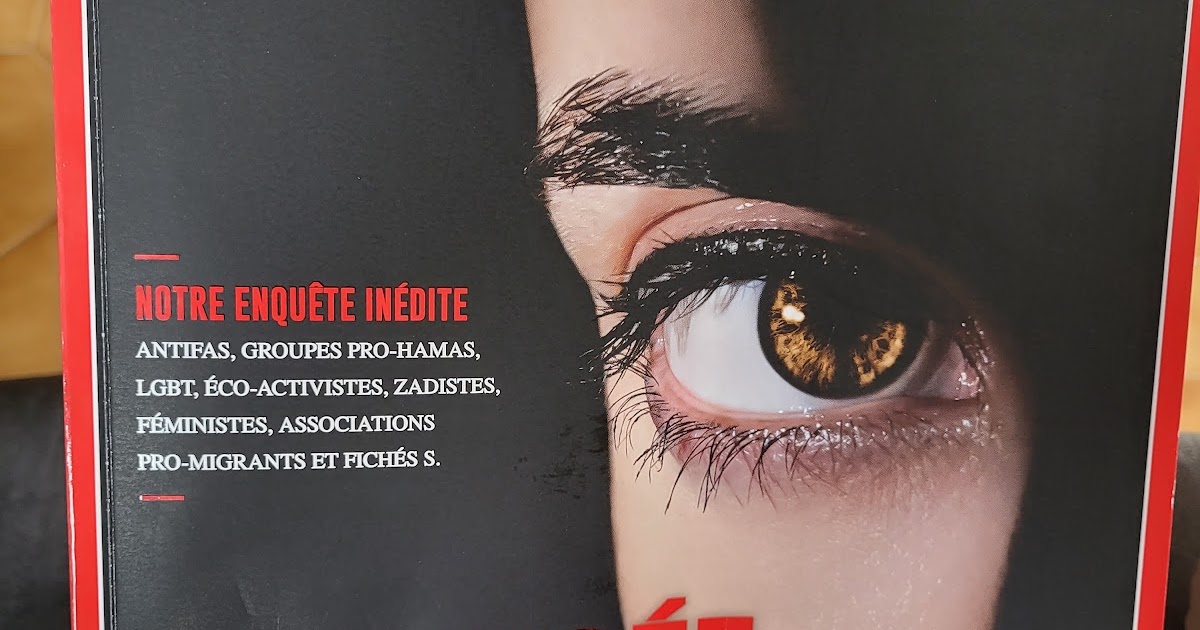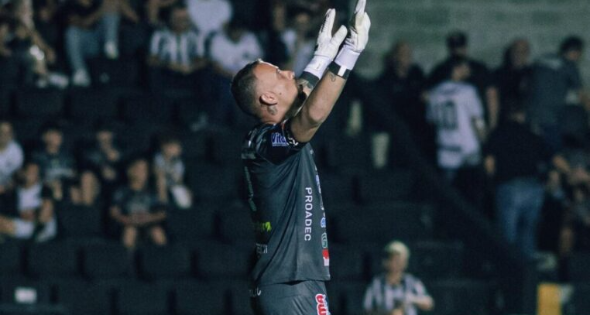
www.washingtonpost.com
Hamas received weapons and training from Iran, officials say
Iran is ‘broadly complicit’ in supporting Palestinian militants, but no evidence seen of a direct role in slaughter, officials say.
Internacional
Hamas received weapons and training from Iran, officials say
Iran ‘broadly complicit’ in supporting Palestinian militants, but no evidence seen of a direct role in slaughter, officials say
By Joby Warrick, Ellen Nakashima, Shane Harris and Souad Mekhennet
Updated October 9, 2023 at 11:21 p.m. EDT|Published October 9, 2023 at 8:26 p.m. EDT
Iranians carry pictures of slain Revolutionary Guard commander Qasem Soleimani as they attend a gathering in Tehran on Saturday to express their solidarity with Palestinians after Hamas militants launched a deadly assault into Israel from the Gaza Strip. (AFP/Getty Images)
Listen
8 min
Share
Comment
2096
Add to your saved stories
Save
The Palestinian militants behind the surprise weekend attack on Israel began planning the assault at least a year ago, with key support from Iranian allies who provided military training and logistical help as well as tens of millions of dollars for weapons, current and former Western and Middle Eastern intelligence officials said Monday.
Sign up for Fact Checker, our weekly review of what's true, false or in-between in politics.
While Iran’s precise role in Saturday’s violence remained unclear, the officials said, the assault reflected Tehran’s years-long ambition to surround Israel with legions of paramilitary fighters armed with increasingly sophisticated weapons systems capable of striking deep inside the Jewish state.
Hamas, the Gaza-based Palestinian militant organization that led the attack, has historically maintained a degree of independence from Tehran compared with true Iranian proxy groups such as the Lebanese-based Hezbollah. But in recent years, Hamas has benefited from massive infusions of Iranian cash as well as technical help for manufacturing rockets and drones with advanced guidance systems, in addition to training in military tactics — some of which occurred in camps outside Gaza, the officials said.
U.S. and Israeli officials said they have no firm evidence so far that Iran authorized or directly coordinated the attack that killed more than 900 Israelis and wounded thousands. But current and former intelligence officials said the assault bore hallmarks of Iranian support, and noted officials in Tehran have boasted publicly about the huge sums in military aid provided to Hamas in recent years.
“If you train people on how to use weapons, you expect them to eventually use them,” said a Western intelligence official who, like others interviewed, requested that his name and nationality be withheld to freely discuss the rapidly unfolding events in southern Israel. The official, and a second Western analyst with access to sensitive intelligence, said the analysis conducted in the wake of the attack pointed to many months of preparation by Hamas, beginning at least as early as mid-2022.
In interviews, more than a dozen intelligence analysts and military experts expressed astonishment at the stealth and sophistication of the Hamas assault, which involved coordinated raids across the Israeli border by hundreds of gunmen traveling by land, sea and air — including motorized paragliders. The ground offensive was accompanied by swarms of rockets and drones that began streaking across the border early Saturday, hitting targets with a degree of precision not seen in previous Hamas attacks. While the Palestinian group has a capable militia and indigenous assembly lines for rockets and drones, an attack of Saturday’s scale would have been extremely challenging without considerable outside help, analysts said.
Skip to end of carousel
Israel-Gaza war
(Mohammed Saber/EPA-EFE/Shutterstock)
President Biden said Egypt would allow up to 20 trucks with aid through the Rafah border crossing into Gaza. Meanwhile, U.S. and Israeli officials said the Gaza hospital strike appeared to come from a failed rocket launch by a terrorist group in Gaza. Follow our live coverage, and read more on what’s behind the war between Israel and Hamas.
End of carousel
“The amount of training, logistics, communication, personnel, and weapons required provides a massive footprint,” said Marc Polymeropoulos, a former CIA senior operations officer who served in counterterrorism roles in the Middle East. “This suggests both Iranian involvement, given the complexity of the attack, and highlights the colossal intelligence failure.” The use of paragliders — reminiscent of a spectacular 1987 attack by the Popular Front for the Liberation of Palestine in Israel that killed several soldiers — “surely required training outside of Gaza,” Polymeropoulos said.
Jonathan Finer, the White House’s deputy national security adviser, said in an interview with CBS News: “What I can say without a doubt is that Iran is broadly complicit in these attacks. Iran has been Hamas’s primary backer for decades. They have provided them weapons. They have provided them training. They have provided them financial support. And so, in terms of broad complicity, we are very clear about a role for Iran.”
Iran denied a direct role in Saturday’s attack, while also praising the Hamas militants who carried it out. “We are not involved in Palestine’s response, as it is taken solely by Palestine itself,” Tehran’s mission to the United Nations said in a statement released Monday. But other Iranian officials publicly celebrated the attack while highlighting their close relationship with Hamas.
“You really made the Islamic Ummah happy with this innovative and victorious operation,” Iran’s official news agency, IRNA, quoted President Ebrahim Raisi as saying, using the Arabic word for the wider Muslim community.
The leader of Hamas, Ismail Haniyeh, acknowledged in an interview last year that his group received $70 million in military assistance from Iran. According to a State Department report from 2020, Iran provides about $100 million annually to Palestinian terrorist groups, including Hamas, Palestinian Islamic Jihad, and the Popular Front for the Liberation of Palestine-General Command.
Press Enter to skip to end of carousel
Israel at war with Hamas
Israel-Gaza war live updates: World is at an ‘inflection point in history,’ Biden says in rare Oval Office speech
Israel-Gaza war live updates: World is at an ‘inflection point in history,’...
Why are Israel and Hamas at war? A basic explainer.
Why are Israel and Hamas at war? A basic explainer.
Damage maps of Gaza’s hard-hit areas since the start of the war
Damage maps of Gaza’s hard-hit areas since the start of the war
Everything we know about the Gaza hospital strike
Everything we know about the Gaza hospital strike
Pentagon surging thousands of troops toward Israel amid Gaza war
Pentagon surging thousands of troops toward Israel amid Gaza war
How Hamas’s carefully planned Israel attack devolved into a chaotic rampage
How Hamas’s carefully planned Israel attack devolved into a chaotic rampage
Strike on Gaza hospital kills hundreds, Palestinian officials say, as Biden departs for Israel visit
Strike on Gaza hospital kills hundreds, Palestinian officials say, as Biden...
How the Israel-Gaza conflict is unfolding in maps, graphics and videos
How the Israel-Gaza conflict is unfolding in maps, graphics and videos
Is the U.S. getting involved as Israel fights Hamas in Gaza? What to know.
Is the U.S. getting involved as Israel fights Hamas in Gaza? What to know.
U.S.-approved aid faces several hurdles to reach desperate Gazans
U.S.-approved aid faces several hurdles to reach desperate Gazans
At school in southern Lebanon, an aid stop for people fleeing conflict
At school in southern Lebanon, an aid stop for people fleeing conflict
Gazans await aid amid growing flashpoints in region
Gazans await aid amid growing flashpoints in region
In Lebanon’s south, on the Israel border, new tension stirs old fears
In Lebanon’s south, on the Israel border, new tension stirs old fears
Biden, in Israel, hits notes of loyalty, emotion — and caution
Biden, in Israel, hits notes of loyalty, emotion — and caution
Analysis
Gazan families face agonizing choices as they search for safety
Gazan families face agonizing choices as they search for safety
Hamas turns to social media to get its message out — and to spread fear
Hamas turns to social media to get its message out — and to spread fear
End of carousel
Current and former intelligence officials confirmed that Iran had provided technical help to Hamas in manufacturing the more than 4,000 rockets and armed drones launched into Israel since Saturday. At least some Hamas militants also have undergone training in advanced military tactics, including at Lebanese camps staffed by technical advisers from Iran’s Islamic Revolutionary Guard Corps and Hezbollah, the officials said.
The Hamas militants who received training were likely elite officers who passed along skills to other fighters inside Gaza itself, said Michael Knights, an expert on Iranian-backed militia groups and founder of the Militia Spotlight blog.
Share this article
Share
“It’s a ‘train the trainer’ approach,” Knights said. “You don’t have to do a lot to train someone to be capable of operating a drone system, which is not complicated stuff anymore.” On the other hand, he said, the combined-arms breaching capability exhibited during Saturday’s assault “clearly was practiced and carefully planned somewhere. A whole bunch of fortified positions fell to sophisticated combined arms-breaching attacks. And you don’t just wing that.”
For years, Iran’s principal militia ally in Gaza was a different group: Palestinian Islamic Jihad. But gradually Tehran began bolstering its ties with Hamas leaders and increasing its support, said Ray Takeyh, senior fellow for Middle East Studies at the Council on Foreign Relations.
“That relationship has deepened in the past few years,” Takeyh said. “It’s financial, political, at some level operational.”
Michael Eisenstadt, director of the Washington Institute’s Military and Security Studies Program, said that the relationship with Iran developed as a result of the Oslo peace process in the early 1990s when Tehran was looking for ways to scuttle efforts to forge a peace deal between the Palestinians and Israel. That was when Iran first provided the know-how for the explosive belts used by Palestinian suicide bombers.
The suicide bombing campaigns by both Hamas and Islamic Jihad had a “significant impact” on the peace process, he said. Hamas launched its first homemade rocket, the Qassam, in 2001 during the second intifada. But it was very rudimentary, using pipes and a homemade fuel mixture derived from sugar and other common components.
“Iran over the years has provided a lot of assistance to Hamas in terms of rocket capability,” Eisenstadt said. “The signature weapon of Iran proxies are rockets, and increasingly missiles. You see that everywhere — with Iraq, Hamas, the Houthis, Hezbollah. That’s very much inspired by Iranian example and advice.”
But other analysts stressed Hamas’s record as an independent actor, capable of carrying out sophisticated terrorism operations without outside instruction or supervision.
“This is a war between Hamas and Israel in which Iran is supporting Hamas, but Hamas is calling the shots,” said Bruce Riedel, a former CIA counterterrorism expert and now senior fellow at the Brookings Institution.
While there’s “no doubt” that Hamas coordinates with Iran, the group’s relative independence makes it a harder target for Israeli and Western intelligence agencies, Riedel added.
“They do not routinely provide information to Iranian advisers who then communicate it home. There aren’t any advisers in Gaza,” said Riedel, who noted that it is difficult for ordinary Hamas fighters to leave Gaza for training abroad.
The rockets and missiles launched by Hamas may have been locally produced, but they possess a clear Iranian pedigree, analysts and weapons experts said.
Years ago, Iranian rockets were smuggled from Egypt through Sinai into Gaza. But after President Abdel Fatah El-Sisi came to power, Egypt closed many of the tunnels that connected Sinai to Gaza, and Iran began helping Hamas develop an indigenous capability.
“It’s better to give your proxies the ability to produce this stuff themselves than to have to worry about logistical pipelines that can be interdicted and cut off,” Eisenstadt said.
Some of the rockets produced by Palestinian Islamic Jihad and Hamas have Farsi terms in the blueprints, Eisenstadt said. And a drone used by Hamas, called the Shahab, is based on the Iranian Ababil-2, a loitering munition which Eisenstadt said is almost identical to a model being used in Yemen by the Houthis, another Iranian proxy.
Though Israel Defense Forces have said there is no evidence of Iranian operational involvement in the attack, the tactics used are very much “in accordance with Iran’s concept of operations,” to create a “crossroads of fire” — launching an attack every few months or years to “undermine Israeli morale, sap Israeli resilience” with the aim of “undermining the long-term viability of Israel,” Eisenstadt said.
Adam Taylor and Karen DeYoung contributed to this report.







